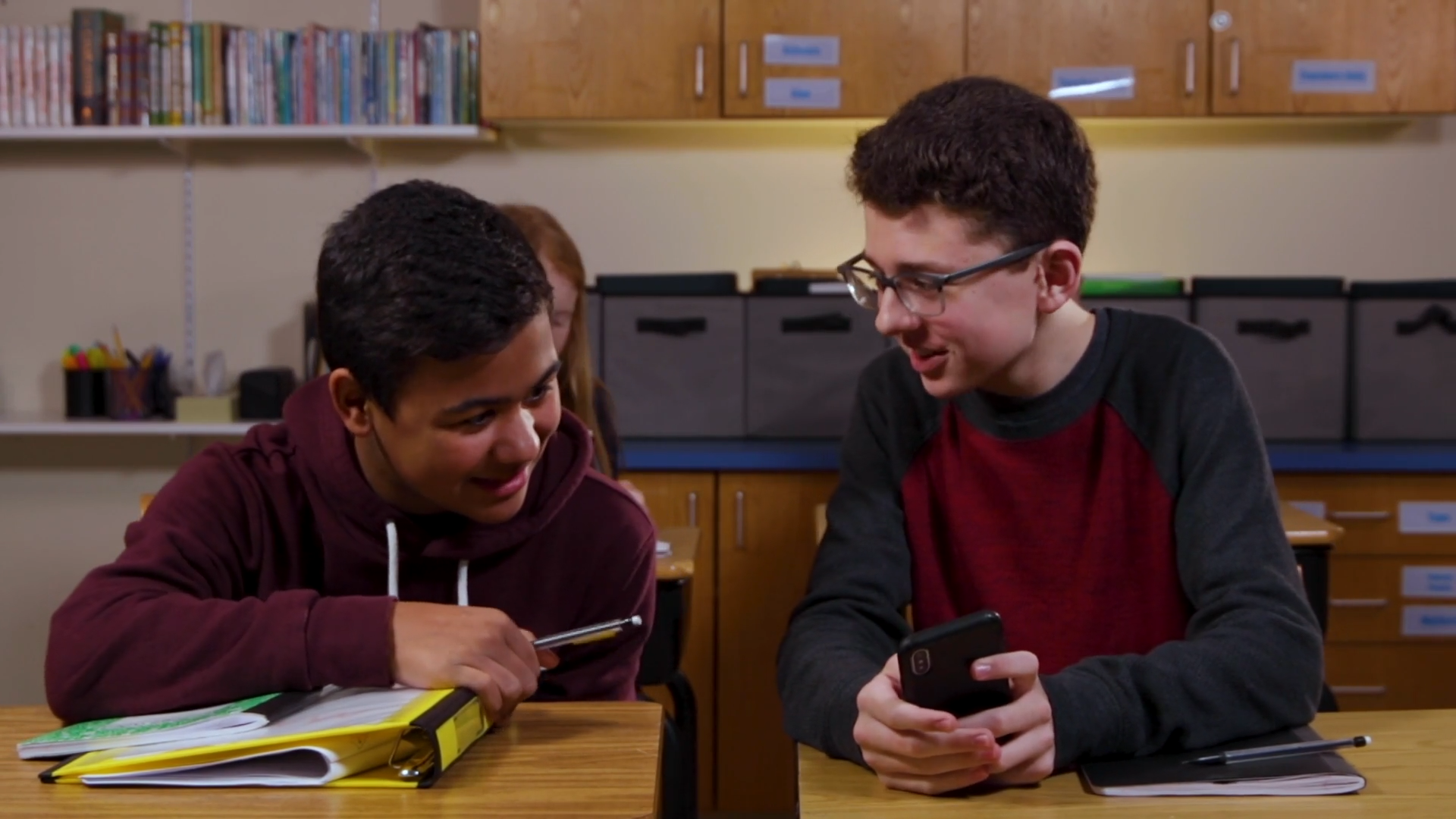
As educators, we understand the importance of helping our students develop strong communication skills. Sarcasm is a form of communication that can be both fun and challenging for young learners. In this blog post, we will explore sarcasm as a type of disguised thought, offer a no-prep activity for educators to try in class, suggest discussion questions, and mention other relevant skills for students.
Introduction
Sarcasm is a form of communication where someone says something but means the opposite, often with humorous intent. It is considered a type of disguised thought, which means that the speaker’s words have more than one meaning. When using sarcasm, it is essential to do so in the right way, or it may not be perceived as funny or may even cause discomfort. Key skills for using sarcasm effectively include using a different tone of voice, saying the opposite of what we mean, using facial expressions to show we are joking, and considering our audience.
No-Prep Activity
This simple, no-prep activity is designed to help Pre-K students practice using sarcasm in a fun and engaging way. The activity is called “Opposite Day” and can be easily incorporated into your daily routine.
- Explain to your students that it is Opposite Day and that they will be practicing saying the opposite of what they mean while using a different tone of voice.
- Model a few examples of sarcasm for your students, emphasizing the change in tone of voice and facial expressions. For instance, say “I just love cleaning up messes” in a sarcastic tone while rolling your eyes.
- Have students take turns practicing sarcasm in pairs or small groups. Encourage them to use different tones of voice and facial expressions to convey their meaning.
- Afterward, facilitate a class discussion about the experience, focusing on how students felt when using sarcasm and how they could tell when someone was being sarcastic.
Discussion Questions
- How does using a different tone of voice help others understand that you are being sarcastic?
- Why is it essential to consider your audience when using sarcasm or humor?
- Can you think of a time when someone used sarcasm, and it made you laugh? What made it funny?
- What are some situations where using sarcasm might not be appropriate or could cause confusion?
- How can we use sarcasm to communicate effectively and build connections with others?
Related Skills
In addition to sarcasm, there are several other skills that are important for Pre-K students to develop as they learn to communicate effectively and build relationships. These skills include:
- Active listening: Paying close attention to what others are saying and responding thoughtfully.
- Empathy: Understanding and sharing the feelings of others.
- Nonverbal communication: Using facial expressions, body language, and gestures to convey meaning without words.
- Humor: Appropriately using jokes, puns, and other forms of humor to engage and connect with others.
- Respect: Treating others with kindness and consideration, even when their opinions or beliefs may differ from our own.
Next Steps
Now that you have an understanding of sarcasm and how it can be used effectively in communication, we encourage you to explore more resources and activities to help your Pre-K students develop these crucial skills. To access free samples of materials related to sarcasm and other important social-emotional learning concepts, sign up at Everyday Speech.

